October 6, 2025
Lower Belvedere: Baroque Palace & Best Temporary Exhibitions in Vienna
Architecture, Art, Culture, History
This page contains links through which we may earn a small commission should you decide to book a tour from our partner.
Top attractions:
About Lower Belvedere
Lower Belvedere (Unteres Belvedere) is a Baroque palace in Vienna’s 3rd district, designed by Johann Lukas von Hildebrandt for Prince Eugene of Savoy and completed in 1716. Today it anchors the Belvedere Museum’s temporary exhibitions and medieval collections, linking the historic staterooms with the Orangery and Palace Stables across formal gardens.
Inside, you’ll find richly decorated rooms such as the Marble Hall, Marble Gallery, Hall of Grotesques, and the famed Gold Cabinet—many reshaped during Maria Theresa’s era—alongside changing exhibitions that recontextualize the Habsburg story for modern audiences.
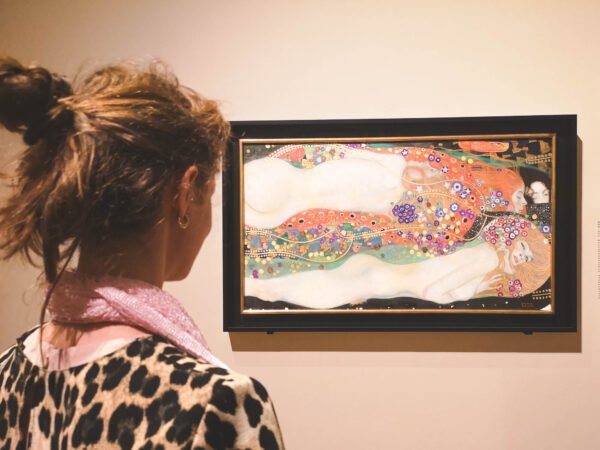
Water Snakes II in the Lower Belvedere. (Klimt. Inspired by Van Gogh, Rodin, Matisse… 3 February 2023 – 29 May 2023). Photo by Alis Monte [CC BY-SA 4.0], via Connecting the Dots
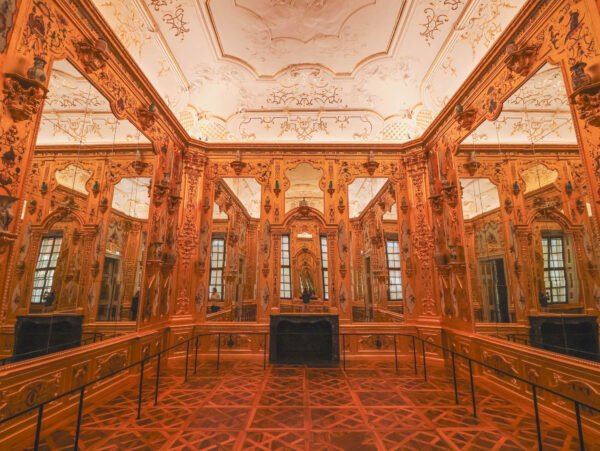
Originally in Prince Savoy’s Winter Palace, but after his death Empress Maria Theresa had it transferred to the Lower Belvedere. Photo by Alis Monte [CC BY-SA 4.0], via Connecting the Dots
Lower Belvedere Details
- Location: Landstraße (3rd district)
- Region: Vienna, Austria
- Address: Rennweg 6, 1030
- Entrance: Main Entrance (Rennweg)
- Created: 1716
- Architectural Style: Baroque
- Entrance fee: €18.00 (€16.50 if you buy online)
- Tickets: Tickets are available online and at the box office
- Opening hours: Daily 10:00–18:00
- Transport: Tram 71
- Accessibility: Good
Location
Current Exhibitions
- Cézanne, Monet, Renoir French Impressionism from the Museum Langmatt (25 Sep 2025 – 8 Feb 2026) –To exhibition page
- Radikal! Women*Artists and Modernism 1910-1950 (18 June – 12 Oct 2025) – To exhibition page
- Study Collection Middle Ages and Renaissance (Permanent) – To exhibition page
History & Development
Commissioned by Prince Eugene of Savoy and designed by Johann Lukas von Hildebrandt, the Lower Belvedere was completed in 1716 as the prince’s residential palace. Together with the Upper Belvedere and formal gardens, it formed a Baroque ensemble used for representation, collecting, and courtly life at the edge of the historic city.
After Prince Eugene’s death, the palace passed to the Habsburgs. Under Maria Theresa, parts of the interior were reconfigured—the famed Gold Cabinet’s gilded and mirrored wall panels were brought here from the prince’s Winter Palace. Across the 19th and 20th centuries the complex evolved; in the 2000s, the Orangery and Palace Stables were adapted as modern exhibition spaces. Today, the Lower Belvedere anchors the Belvedere Museum’s changing shows and medieval collections while preserving key Baroque staterooms.
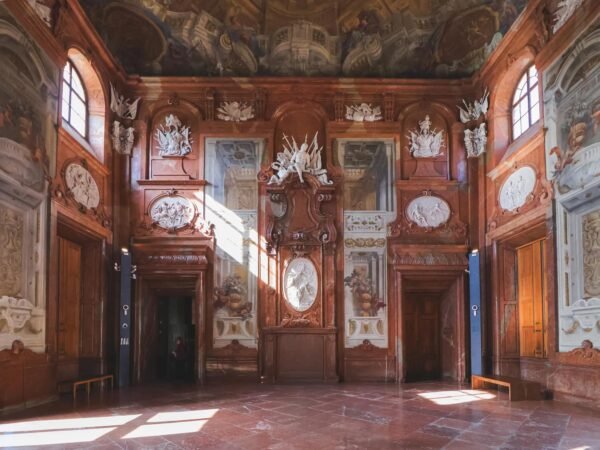
Marble Hall in the Lower Belvedere, Vienna. Photo by Alis Monte [CC BY-SA 4.0], via Connecting the Dots
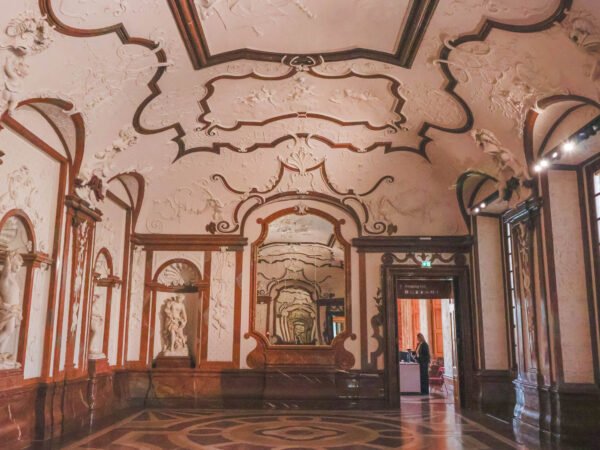
Marble Gallery in the Lower Belvedere, Vienna. Photo by Alis Monte [CC BY-SA 4.0], via Connecting the Dots
Highlights
Marble Hall. A ceremonial two‑story space, historically adorned with martial motifs and an allegorical ceiling celebrating Prince Eugene’s triumphs.
Hall of Grotesques. Playful wall and ceiling paintings (Four Seasons & Four Elements) frame mythic scenes like Vulcan’s forge and the Three Graces.
Gold Cabinet. Once Prince Eugene’s bedchamber, later refitted under Maria Theresa with gilded, mirror‑lined wall panels depicting allegories of the four continents—Europe, Asia, America, and Africa—echoing 18th‑century European worldviews (per on‑site text).
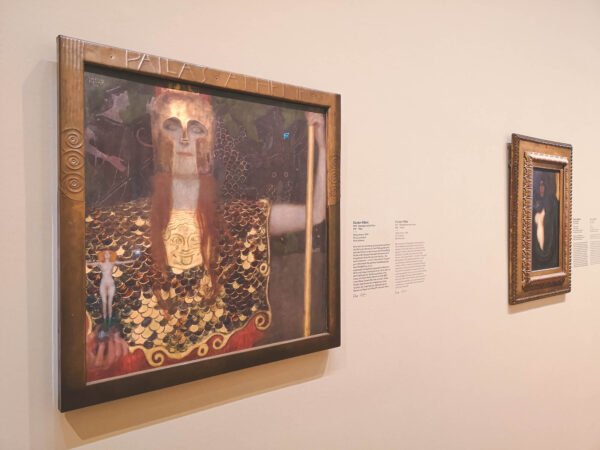
Pallas Athene in the Lower Belvedere. (Klimt. Inspired by Van Gogh, Rodin, Matisse… 3 February 2023 – 29 May 2023). Photo by Alis Monte [CC BY-SA 4.0], via Connecting the Dots
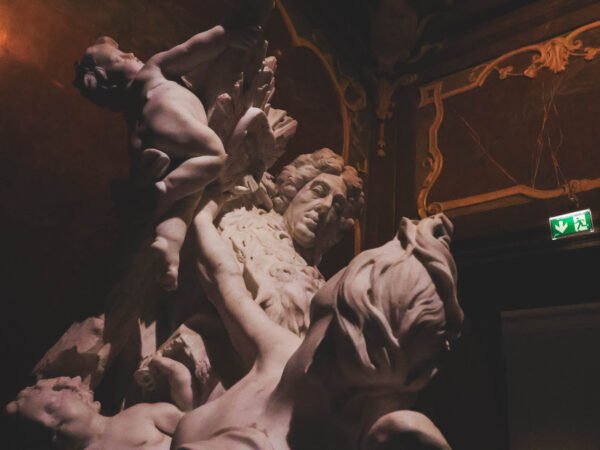
Prince Eugene of Savoy by Balthasar Permoser, 1721. Photo by Alis Monte [CC BY-SA 4.0], via Connecting the Dots
Why Visit?
Lower Belvedere offers something rare: Baroque rooms preserved in their original context, not reconstructed behind glass. Walk through the Gold Cabinet where Maria Theresa’s gilded panels still catch the light, stand beneath Altomonte’s ceiling frescoes in the Marble Hall, and see Permoser’s monumental Prince Eugene sculpture where it was meant to be seen—in a palace built for him.
The rotating exhibitions add depth without overwhelming. Recent shows have tackled colonialism through 18th-century allegories, spotlighted overlooked women modernists, and brought French Impressionists into dialogue with Habsburg taste. Each reframes the palace itself, turning decorative rooms into active historical arguments. For architecture enthusiasts, Hildebrandt’s spatial sequences—from intimate cabinets to soaring galleries—demonstrate Baroque design thinking better than any textbook.
Locals value the pace: you can absorb the staterooms in an hour, linger over a single exhibition, then walk the gardens to Upper Belvedere or catch tram 71 back to the Ring. Weekday mornings (especially Tuesday–Thursday) stay calm, and the Orangery’s medieval collection rewards repeat visits when you need a quiet hour with 14th-century altarpieces.
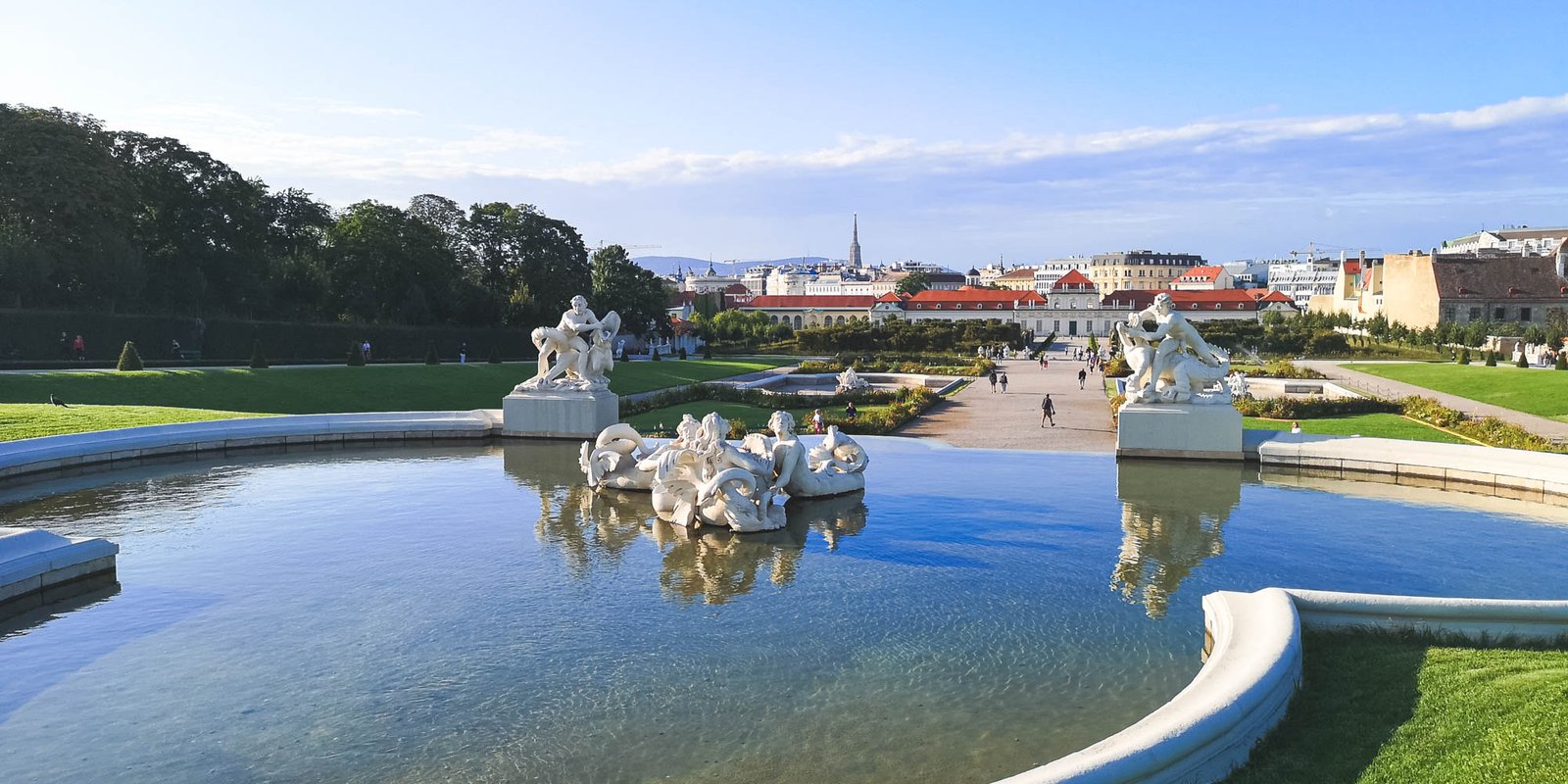
All content and photos by Alis Monte. If you want to collaborate, contact me on info@ctdots.eu Photo by Alis Monte [CC BY-SA 4.0], via Connecting the Dots
Ticket Discounts
Visit the Lower Belvedere for less with Vienna’s top city passes. The Vienna Pass gives free access to both Upper and Lower Belvedere and 70+ attractions citywide, plus skip-the-line entry. For flexible transport and discounted tickets to major sights, get the Vienna City Card (24h–72h) with unlimited public transport and museum savings. Both passes include free cancellation up to 24h before activation.
Frequently Asked Questions
Where is Lower Belvedere?
In Vienna’s 3rd district (Landstraße), at Rennweg 6, within the Belvedere palace complex.
When was it built?
It was completed in 1716 for Prince Eugene of Savoy by architect Johann Lukas von Hildebrandt.
What are the opening hours?
Typically daily 10:00–18:00.
What should I not miss?
The Marble Hall, Gold Cabinet, Marble Gallery, and current exhibitions in the Orangery and Stables.
Which public transport is best?
S‑Bahn Rennweg (S1–S4, S7) and tram 71 (“Unteres Belvedere”).